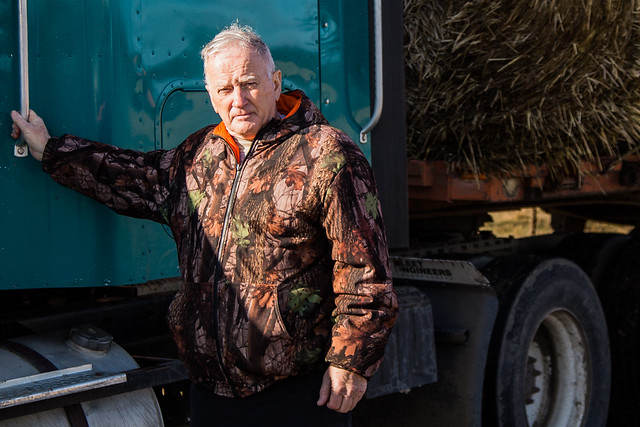
North Dakota is a remarkable agricultural state and very rural. Farms and ranches dominate hundreds of miles of roads, and distances between services can be great. With so much wide-open space, our first responders and medical facilities play critical roles in ensuring the health and safety of our agricultural producers. Recently, their expertise and professionalism saved the life of a coworker and good friend.
On National Rural Health Day, it’s important we take the time to recognize the people in our lives working diligently to care for our family and friends. Their dedication to healthcare has a profound impact on all of us, and we are fortunate to have such amazing people living and working in our rural communities.
As the state director for USDA Rural Development, two of my main responsibilities are ensuring the safety of our agency’s employees, and working with our rural communities to provide access to funding to help improve the quality of life in rural North Dakota. Rural Development has several programs, and one of the largest is our Community Facilities Direct Loans and Grants program. We can help communities build and improve critical infrastructure, such as hospitals and fire departments. We can also assist with purchasing vehicles for first responders to ensure they are adequately prepared to respond to emergencies even in the harshest conditions.
Earlier this month, one of our employees, Myron Lepp, Associate Director, was helping a family member in a rural area close out the long farming season. While attempting to cover a grain cart, a gust of wind caught the tarp and knocked Myron off the cart into the tractor’s three-point hitch. The fall broke his tailbone, and a broken bone was pushed into an artery. He was unaware at the time, but the punctured artery was causing internal bleeding. Knowing he needed someone to take him to the emergency room, Myron drove seven miles to his nephew’s house, where he eventually collapsed from the loss of blood.
His 24-year-old son Jason, a farmer for five years, was at the house and dialed 911. After the ambulance arrived and assessed his injuries, they determined he needed to be driven 120 miles to the Bismarck hospital. Throughout the drive, the first responders communicated with the hospital to provide details of the injury. When they arrived at the hospital, seven doctors were prepared to begin working on his life-threatening injury. The emergency room repaired the artery and replaced four pints of blood, saving his life.
I would like to thank all the first responders in North Dakota and across America. Often, they are members of our communities that wear other hats. Their dedication goes unnoticed, and because of their skills, we take their hard work for granted. Rarely do we need them to respond to a fire at our home or a personal medical emergency, but they are out there daily taking care of our rural neighbors.
Our farmers and ranchers provide food to the country and ensure that when rural America thrives, all America thrives. They depend on first responders to get them care when it is needed, and this experience confirmed they are dedicated and prepared to save lives in the most challenging circumstances. In North Dakota, we are fortunate to have a robust, extensive communications infrastructure. The ability to communicate played a critical role in saving Myron’s life, from the initial 911 call all the way to his arrival at the hospital.
I am grateful to everyone involved in this emergency and thankful for the positive outcome. Unfortunately, we are witnessing a crisis developing in rural healthcare, which includes a shortage of emergency facilities. If Rural Development can assist your community with healthcare through our Community Facilities Direct Loans and Grants program, please do not hesitate to contact your local office. Our agency is committed to increasing opportunities in rural areas because together, America prospers, and Rural Development can be that catalyst to prosperity.
